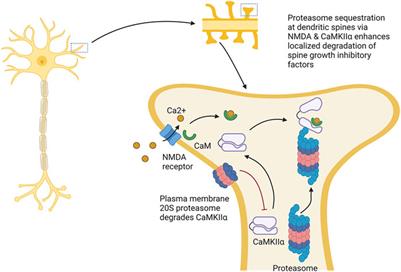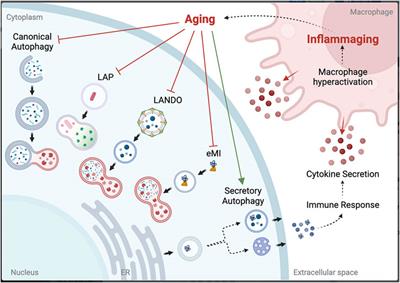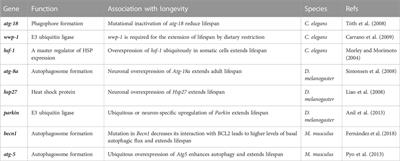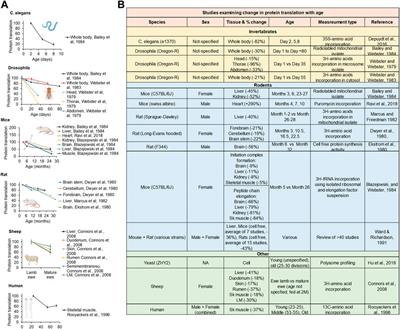EDITORIAL
Published on 25 May 2023
Editorial: The regulation of proteostasis in aging
doi 10.3389/fcell.2023.1221510
- 2,660 views
- 2 citations
6,733
Total downloads
29k
Total views and downloads
Select the journal/section where you want your idea to be submitted:
EDITORIAL
Published on 25 May 2023
REVIEW
Published on 13 Apr 2023

METHODS
Published on 13 Mar 2023

MINI REVIEW
Published on 23 Feb 2023

REVIEW
Published on 16 Feb 2023

REVIEW
Published on 13 Jan 2023


Frontiers in Molecular Biosciences